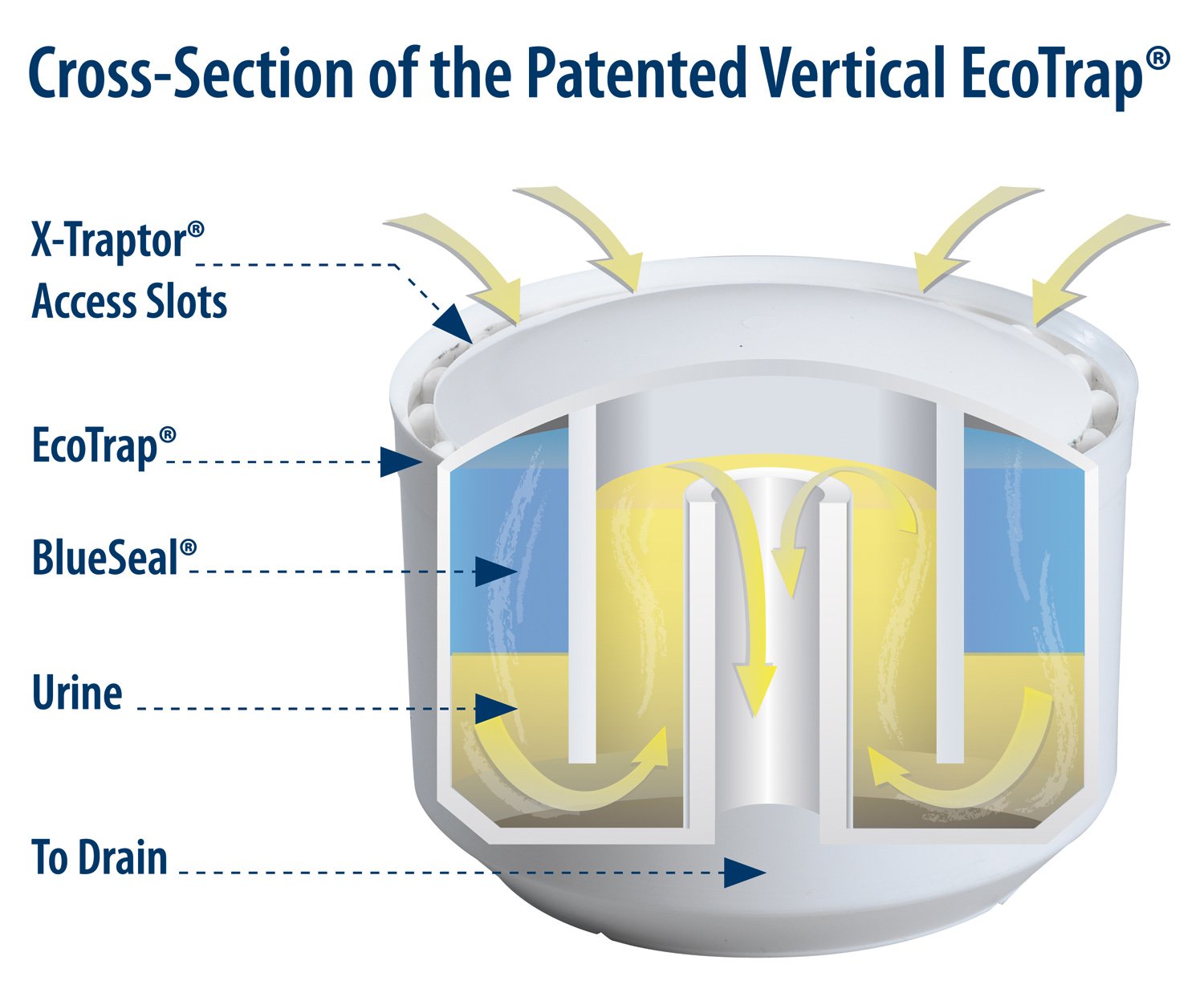Airborne Bacteria - CDC
Plume, and its danger to human health, came to light during the pandemic. However, it's something we have known about for years. However, even though we have been aware of this, little if anything has ever been done about it. Fortunatley, it has garnered more interest and concern since the end of the pandemic.
So, we are all on the same page, plume is the release of microscopic contaminants when a toilet is flushed. As these transmissions become aerosolized and airborne, they can be inhaled or coat nearby surfaces – including clothing - that later can be touched. When this happens, it can start the spread of cross contamination.
As just referenced, typically when we talk about plume, we are referring to toilets. But now we know the problem exists with water-using urinals and can be just as bad. Further, we now also understand that the situation can be made even worse due to COVID and other viruses. This is because we have learned that coronavirus and many other viruses are found in urine, which can also be aerosolized.
"Flushing will lift the virus up from the toilet bowl," says Ji-Xiang Wang, who researches fluids at Yangzhou University in Yangzhou, China. "Bathroom users need to close the lid first and then trigger the flushing process."
Wang gives us a solution – close the lid - however, this solution is not available in most public facilities in the U.S. Lids were removed from toilets decades ago. Doing so reduced the toilets' costs and made for one less thing to be cleaned in a public restroom. So, one redesign solution for healthier and safer restrooms in the future is for toilet manufacturers to re-introduce lids on their products.
Another is full-length doors and partitions. Typically, doors and partitions enclosing toilet stalls leave a foot or two of space at the bottom and another couple of feet at the top. To prevent the plume from traveling beyond the toilet, these coverings must enclose the entire stall, top to bottom.
As we mentioned, with water-using urinals, this situation can be even worse. Today, there is rarely a divider between urinals. And if there is one, it is typically only three or four feet long and required to extend six inches beyond the front of the urinal.
This is required by the Americans with Disabilities Act. That's hardly large enough to prevent plume from becoming airborne and being inhaled by nearby urinal users.
Most observers now Believe we have two key options to prevent water-using urinal plume from spreading in a public restroom:
1. Enclose the urinals into separate, totally enclosed stalls, just like toilets mentioned earlier. Unfortunately, this increases costs and often requires more space. When it comes to restrooms, we must think like a developer. Restrooms do not make money for building owners so they are often kept as small as possible.
2. The other option is to transfer to waterless urinals. Because there is no flushing, plume is not an issue with waterless urinals. Further, because waterless urinals are relatively inexpensive to purchase and install, many building owners and managers now believe this is their best option.
This is because, waterless urinals meet all their concerns: helping to make restrooms cleaner and healthier, prevent plume, and keeping costs down.
Klaus Reichardt is CEO and founder of Waterless Co, Inc, pioneers in advancing water efficiency. Reichardt founded the company in 1991 with the goal of establishing a new market segment in the plumbing fixture industry with water efficiency in mind. Reichardt is a frequent writer and presenter, discussing water conservation issues. He can be reached at klaus@waterless.com




















